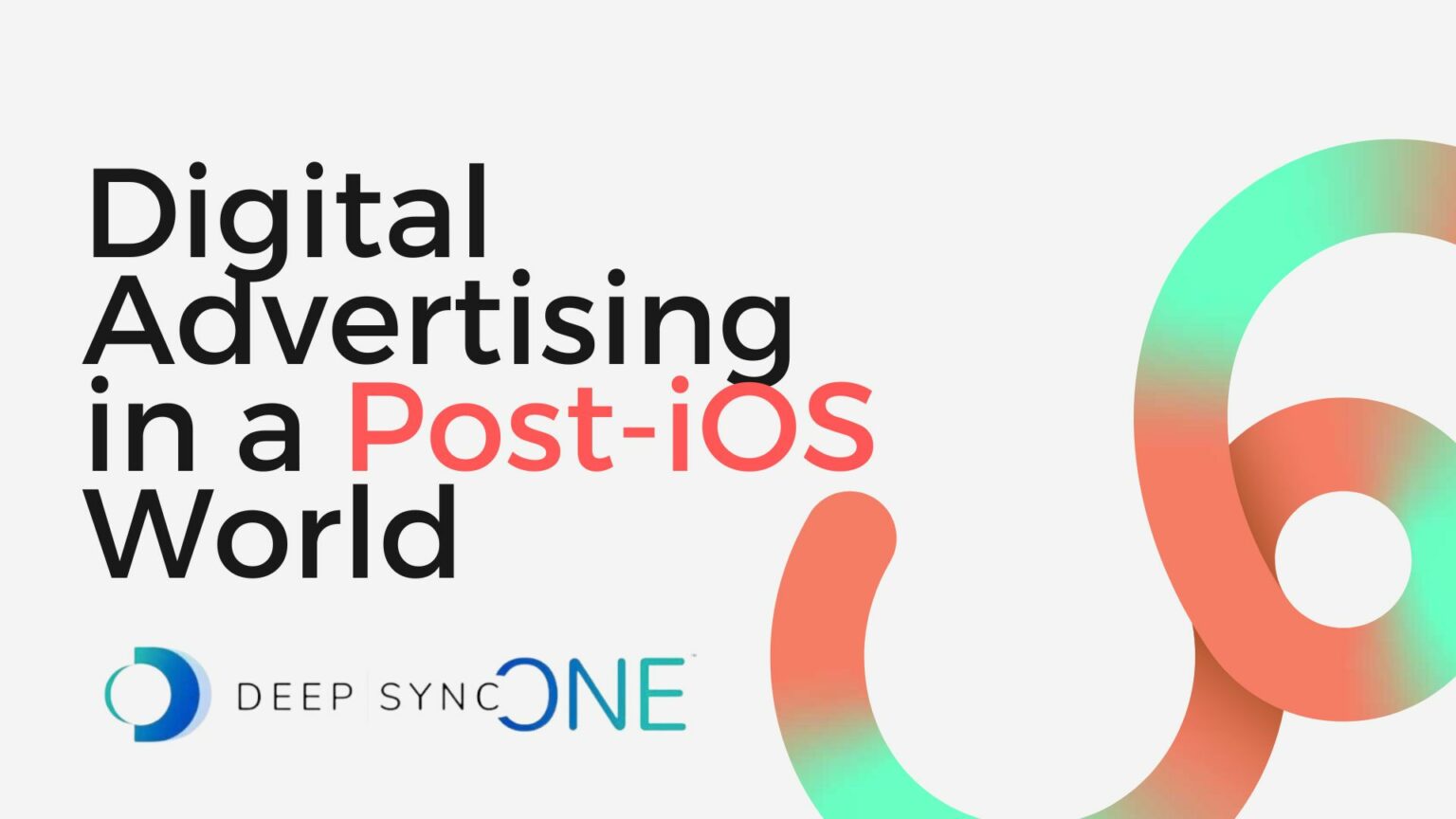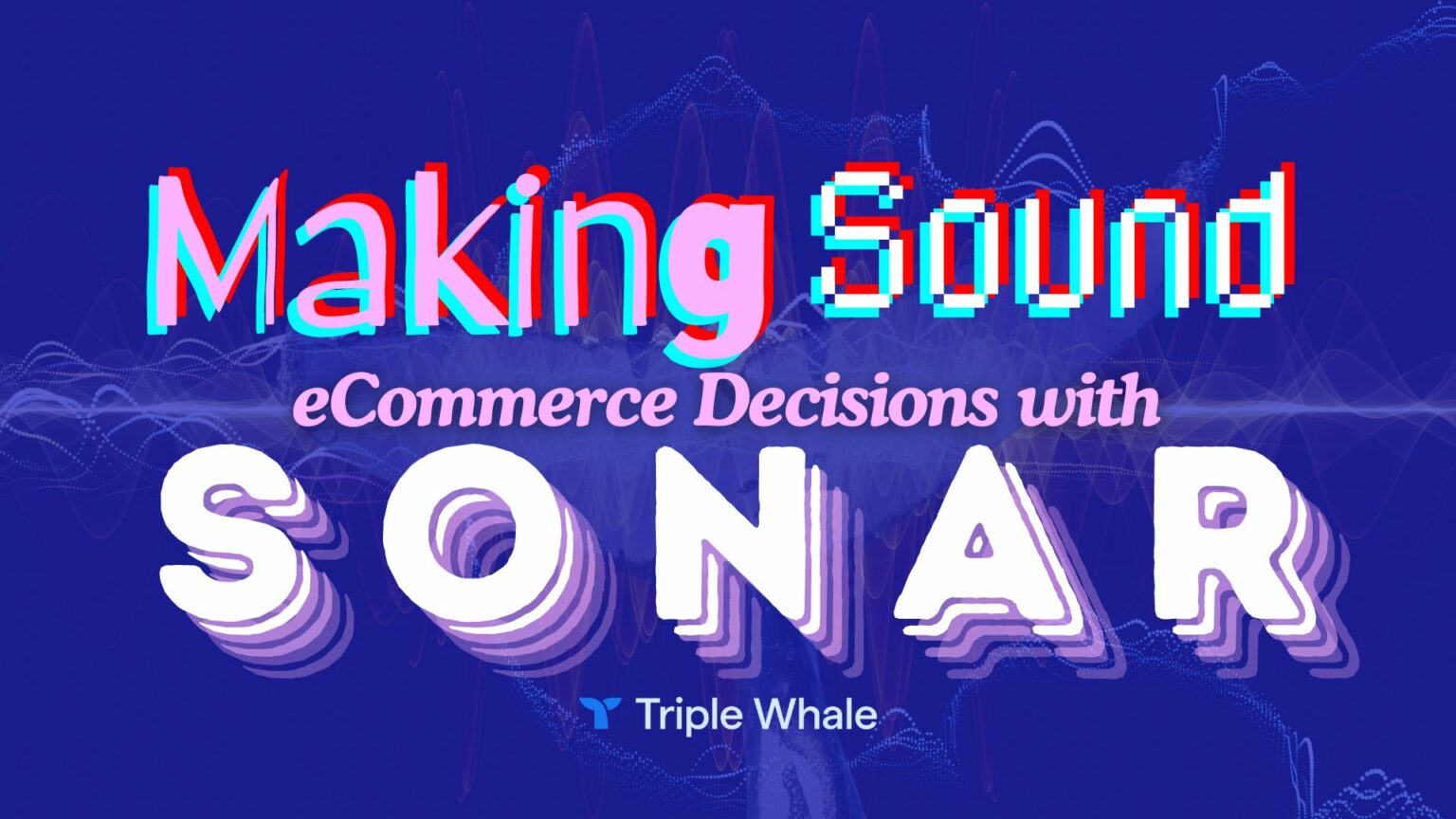
The Scoop on iOS 17 and Link Tracking
Apple has announced iOS 17, and it's causing some drama in the marketing world.
In particular, this paragraph has thrown digital marketers into an uproar:
“Link Tracking Protection in Messages, Mail, and Safari Private Browsing
Some websites add extra information to their URLs in order to track users across other websites. Now this information will be removed from the links users share in Messages and Mail, and the links will still work as expected. This information will also be removed from links in Safari Private Browsing.”
This means users can select a setting that will strip all UTMs, variables, and click IDs from Facebook, Google, TikTok, Microsoft, et al.
Now that Google Analytics 4 is being pushed onto everyone, it's incredible that Apple is dropping a bomb on GA4's potential data accuracy.
When you hear that this is for private browsing mode, you might think it’s okay to relax. Private Mode in Safari is similar to Incognito Mode in Chrome, which people generally only use to snoop around or visit certain websites… right?
Well, if you watch this video from Travis Ketchum, you’ll realize that this change might be a bigger deal than you originally thought. The video goes right to the time stamp that has the Link Tracking Protection settings - and it sure seems easy to turn this on for ALL browsing.
Google Analytics, membership sites, analytics sites – heck, even here at Wicked Reports – we really, really like having UTMs. Without them, it’s a lot harder to identify the link that caused a prospect to click on your marketing and come to your site.
And the Google Analytics acquisition reports that you've come to rely on, using your hand-crafted UTM schemes, are now going to be a lot more challenging to get the full picture.
Here’s a Google Analytics Acquisition report that shows the sources of revenue for a given day. (This is Google Analytics' version of marketing attribution – which, by the way, Google is gutting in May 2023.) The source, medium, and campaign values below all come from UTM values.
Let’s look at that first row of data as an example.
That information came from a link such as http://WickedReports.com/?utm_source=email-broadcast&utm_medium=email&utm_campaign=wednesday, which is where the “email-broadcast / email” and “wednesday” values come from. When you send an email to your list with those UTMs on it you’ll see that attribution reflected in Google Analytics.
Moving forward, all Apple iOS 17 traffic with link tracking protection turned on will strip the data that leads to that report above. Further, any tracking site, CRM, Shopify, or marketing attribution solution that relies on these UTMs to report back results will be missing iOS 17 data.
This level of panic has not been seen since iOS 14.
Applying Lessons from Previous iOS Rollouts
With the benefit of time, we've been able to revisit what happened when iOS 14 rolled out. Nine out of ten iPhone users ended up selecting "do not track," which caused the following:
- Denial that it is affecting anything. People would post that their accounts were fine.
- Panic that it's affecting everything. Many posts that Facebook is OVER, Apple sucks, and the entire digital marketing industry's fate was at stake.
- Snake Oil posts on Social Media saying they "fix Facebook" by pushing conversions into the platform (from the same people that were quitting jobs to trade Crypto, making millions on Clubhouse, sharing viral hacks on going viral on TikTok ... those types).
After the initial hysteria, when the dust settled, Facebook's metric accuracy did suffer tremendously. And smart advertisers do push conversion data into Facebook because it helps drive better results.
There was finally the realization that an independent source of marketing truth was needed, and marketing attribution finally became a thing people added to their toolbox.
So with iOS 17, how will it play out and how should we deal with it?
Segment iOS 17 Traffic in Non-Search Paid Campaigns
Segment marketing to iOS 17 devices so all your other data is clean and accurate (it is already clean and accurate, correct?) This keeps your marketing attribution visibility for all non-iOS 17 devices unaffected.
- Facebook: Segment Apple Device-specific campaigns so you can keep your UTMs, IDs, and data clean and accurate for all non-iOS 17 traffic. (This screenshot setting in Facebook Ads is buried deep in the ad set parameters, but you can find it.)
- Google Video & Display Campaigns: Segment Apple iOS 17 device traffic into specific campaigns also.
- Google Search Campaigns: Unfortunately, there is no way to segment these campaigns by device. So you still need to find something to fix this. Keep reading...
- Email campaigns: I have not seen a way to segment by device inside of any CRMs I have access to.
- SMS campaigns: In theory your SMS provider is going to be able to know which device they are sending to, and allow that data to be used to filter your campaigns.
- Other ad platforms: Depends on the ability to segment by device as Facebook & Google allow. If so, follow along below.
- Organic Social Posts: Redirect links can work here when done correctly.
Double Down on UTM Traffic That Still Tracks When ROAS is Decent
A majority of advertisers probably won't segment their campaigns as I suggested. Which then means they will be acting on incomplete data, and miss opportunities that your unaffected UTM-tagged links do not miss when having success on non-iOS 17 devices (such as Windows PCs and Android Phones).
Here's my thinking on this. UTM links, FB click IDs, and Google click IDs get stripped and everyone's data goes to hell. Bad data causes reported ROAS to plummet. Brands spending $10k-$250k/month don't have a dedicated tracking specialist, or a solution, or the ability to spend without verified ROAS, all have to cut ad spend.
But the people that have tracking on non-Apple devices, and can see the ROAS lift in their successful non-Apple segmented campaigns, now will have less competition for those audiences because the advertisers that did not segment on iOS 17 traffic will spend less due to lower reported ROAS.
Lower cost per conversion might happen, or at least a higher volume of revenue for the existing ad spend and thus higher ROAS can happen.
Educated Blind Guess by Proxy
By segmenting out iOS 17 vs non-iOS 17 traffic, you can use the performance of non-iOS 17 traffic as a proxy for the iOS 17 traffic.
Consider this scenario:
- You spend $10,000 on non-iOS 17 traffic. You get a 1% conversion rate and converted 100 customers so your revenue is $20,000, for a ROAS of 2.0. Thanks to your current tracking solution, you know where the ROAS came from and you can optimize your ad spend to increase it.
- You spend $10,000 on iOS 17 traffic. You’re flying blind, but your landing page conversation stats show 200 sales conversions, so you "know" 100 came from iOS 17 traffic since you've tracked the other 100 from above. You can't really optimize the ROAS, but can still spend blindly, because of the implied ROAS.
This method may or may not work for you. We've been doing marketing analytics for 13 years and attribution for 9 so it's easy to see how this would work.
And if your eyes are glazing over, well, you could hire someone to sort this out for you.
Drive Traffic From iOS 17 to Dedicated URLs at the Campaign Level
This does work. But it’s time-consuming, fraught with risk, and will prevent deep optimization.
Also, it doesn't work for search very well unless you have one campaign for each tightly-bound keyword group and be willing to live with less-precise results.
MER, LTV, Conversion Times, and Blind Faith
Give up and run everything based on MER. For advanced readers, you can add in projected LTV based on initial AOV, product bundle, and average conversion times.
I hate giving up and running everything by MER, but it is an option. With this idea, you spend more when MER is good, and spend less when it isn't.
You can also run cohort reports to see the anticipated lift from future conversions and factor that into your strategy. (The Wicked team does this as an internal standard.)
Then you also run conversion time analysis based on CRM & Cart data to see if a so-so MER has reason to achieve higher lift from delayed conversions (Another Wicked standard).
When MER is OK + Cohort indicates future LTV + Conversion Time says more conversions are coming, then raise ad spend.
Redirect Links Become a Way of Life
This is not a great solution because many ad destination URLs do not allow redirect links. But for social posts and earned media it has a shot.
Pass the Buck to AI
A solid AI solution could help in some cases. If the algorithms are properly trained on LTV and can cross-reference pre-iOS 17 traffic and non-iOS 17 traffic to create accurate models, you could make the case that it can help.
It’s important to remember, however, that AI means “Intelligence,” not "more intelligent.” And it definitely doesn’t mean "magically generate missing data that solves all of your attribution problems."
If AdTech AI always worked, we would all be rich already.
AI can be great, but it does not solve this issue – at least not yet.
Update ROAS Using UTM Results + % of Ad Spend
With this approach don’t change anything about how you track links.
When you check the breakdown of traffic iOS 17 vs non-iOS 17, you can extrapolate out that iOS 17 traffic likely converts at the same rate.
Then you update your tracked revenue with "estimated likely iOS 17 revenue" and use the updated ROAS number to optimize.
For example, let’s say you spend $10,000 and your tracked traffic shows $10,000 in attributed revenue. This is a ROAS of 1. You have broken even before other costs.
However, the device traffic breakdown indicates 50% of your traffic is from Apple Devices with iOS 17, so you add $10,000 to your attributed revenue from these "phantom untrackable clicks" to show a ROAS of 2.
Other Skunk Work Ideas That Solve All of This with Less Work
Thanks to Wicked’s deep partnerships with Google and Facebook, we heard about Apple's work on removing link IDs and UTMs (they call it "link decoration") back in Spring 2022. We started developing a risk mitigation plan then for ways to solve this, a few of which we discussed above.
Without giving away all of our secrets, we can say that Wicked Reports users will get the benefits, and still have accurate ROAS, come iOS 17.
How? Sign up to find out.





